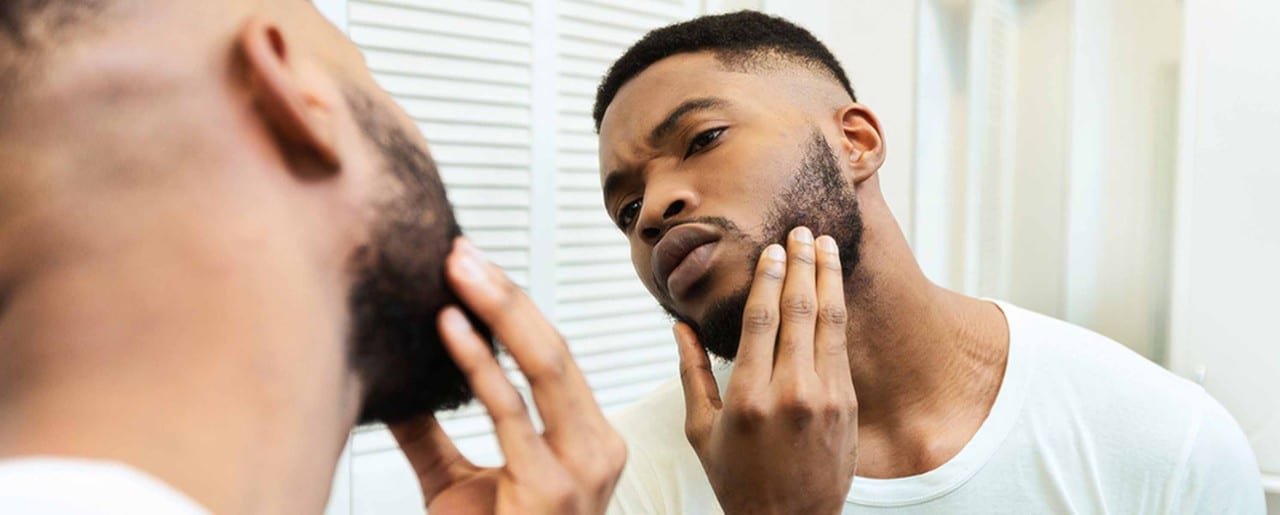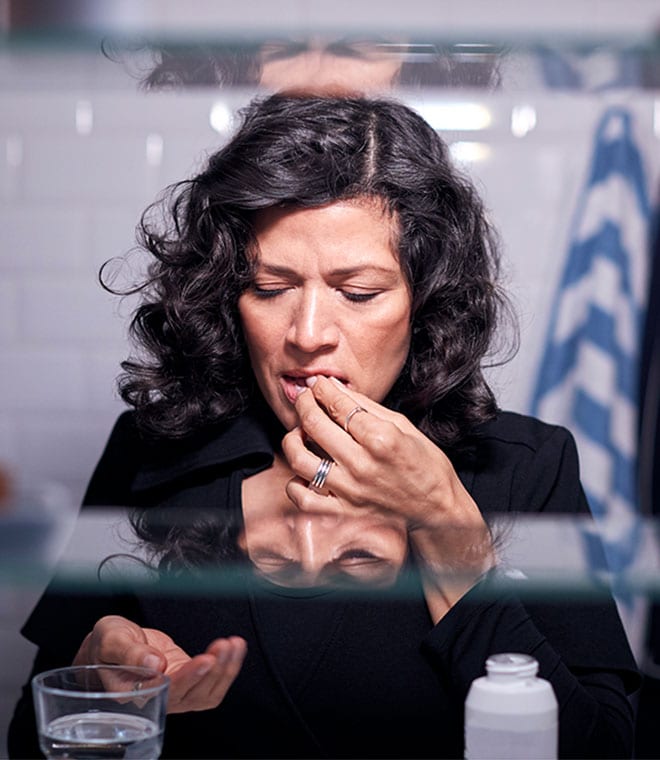Health
How do you get ringworm?
Clinically reviewed by Rebeca Thomas, RN, BSN, CPHQ Sep 12, 2022 • 7 min
What is ringworm?
Ringworm is a contagious fungal infection of the skin and nails. Despite its common name, it does not involve any type of worm. This condition is called "ringworm" because it often causes a red circular or ring-like rash that is extremely itchy. Anyone can get ringworm, and it can occur on many parts of your body, including the:
- Scalp or beard
- Feet (athlete’s foot)
- Hands
- Groin (jock itch)
- Toenails or fingernails
How is ringworm spread?
The fungi that cause ringworm can live on skin or in the environment, especially in damp places. Ringworm can spread by direct skin-to-skin contact with an infected person or animal and by touching contaminated surfaces. People with ringworm should not share clothes, combs or other personal items.
What are the symptoms of ringworm?
The symptoms of ringworm vary, depending on the location on the body:
- Feet (tinea pedis or “athlete’s foot”): The symptoms of ringworm on the feet include red, swollen, peeling, itchy skin between the toes (especially between the pinky toe and the one next to it). The sole and heel of the foot may also be affected. In severe cases, the skin on the feet can blister.
- Scalp (tinea capitis): Ringworm on the scalp usually looks like a scaly, itchy, red circular bald spot. The bald spot can grow in size, and multiple spots might develop if the infection spreads. Ringworm on the scalp is more common in children than it is in adults.
- Groin (tinea cruris or “jock itch”): Ringworm on the groin looks like scaly, itchy, red spots, usually on the inner sides of the skin folds of the thigh.
- Beard (tinea barbae): Symptoms of ringworm on the beard include scaly, itchy, red spots on the cheeks, chin and upper neck. The spots might become crusted over or filled with pus, and the affected hair might fall out.
Ringworm can affect the skin on any part of the body. Symptoms typically appear between four and 14 days after the skin comes in contact with the fungi that cause ringworm. Symptoms of ringworm depend on the area of your body affected; however, generally symptoms include round patches with a raised border that are usually red or pink on white skin, or brown or gray on skin of color. The patches can be extremely itchy. The size of the patches might increase and appear on more areas of the body
Symptoms of ringworm on the hands can be mistaken for extremely dry skin or dry, thick skin and include:
- Dry skin or deep cracks on the palm
- Ring-shaped patches on the back of the hand
Symptoms of ringworm on the feet include:
- Itching and burning on the soles of the feet and between the toes
- Dry, scaly skin that starts at the toes and spreads to the bottom of the feet and/or the sides of the feet
- Peeling, blistering, bleeding or painful cracking of the skin
- Patches of red or scaly skin
- A foul odor on the feet
Symptoms of ringworm on nails include:
- Thickening of the tissue under the nail (nail bed)
- Discoloration and thickening of the nails
- Crumbling nails
Toenails are more likely to become infected than fingernails
Symptoms of ringworm on the scalp include:
- Scaly, balding patches
- Baldness with crusty patches on the scalp
- Sores that ooze pus
- Extreme itchiness of the scalp
How is ringworm treated?
Treatment for ringworm depends on which part of your body is affected. For example, if your skin is infected, there are several over-the-counter (OTC) topical medications available to treat the infection. These anti-fungal medications are available in creams, lotions or gels that are applied directly to the skin.
It is important not to use creams that contain corticosteroids (steroids) to treat ringworm, as these may cause the infection to get worse or can cause other health problems. If you have ringworm on your scalp or beard, prescription anti-fungal medications are usually needed to treat these infections.
How can ringworm be prevented?
Keeping your skin clean and dry can help prevent ringworm. Also, wear shoes that allow your feet enough room to "breathe" in them. These tips can also help:
- Avoid walking barefoot, especially in locker rooms or public showers
- Keep your fingernails and toenails trimmed and clean
- Wash your hands often
- Get immediate care for your children if they have been exposed to ringworm at school or home
- Don’t share clothing, towels, sheets or other personal items
- Always wash your hands with soap and water after playing with pets or animals
- If your pet has ringworm, take them to the vet immediately for proper care
- Shower right away after spending time in a gym, health club or public shower
- If you’re an athlete, keep all your sports gear and your uniform clean, and don’t share these items with other players
When to get help for ringworm
If your ringworm symptoms get worse or do not go away after using OTC medications, contact your healthcare provider immediately. You may need a prescription-strength antifungal treatment. It’s also important to alert your child’s school and extra-curricular activities if your child is diagnosed with ringworm.
Although ringworm causes discomfort and severe itching, it is treatable with OTC or prescription medications. Ringworm of the skin usually requires two to three weeks of treatment. Ringworm of the scalp and beard usually requires a longer treatment period. If you have questions about a ringworm infection, it’s best to talk to your pharmacist or healthcare provider.
Clinicaly reviewed and updated by Nancy Kupka, PhD, RN, September 2022.
Sources:
- https://www.aad.org/public/diseases/a-z/ringworm-symptoms
- https://www.cdc.gov/fungal/diseases/ringworm/risk-prevention.html
- https://www.cdc.gov/fungal/diseases/ringworm/symptoms.html
- https://www.cdc.gov/fungal/diseases/ringworm/steroids.html
- https://www.mayoclinic.org/diseases-conditions/ringworm-body/symptoms-causes/syc-20353780
- https://www.cdc.gov/fungal/diseases/ringworm/sources.html#:~:text=
People%20can%20get%20ringworm%20after,personal%20items%20with%20other%20people




